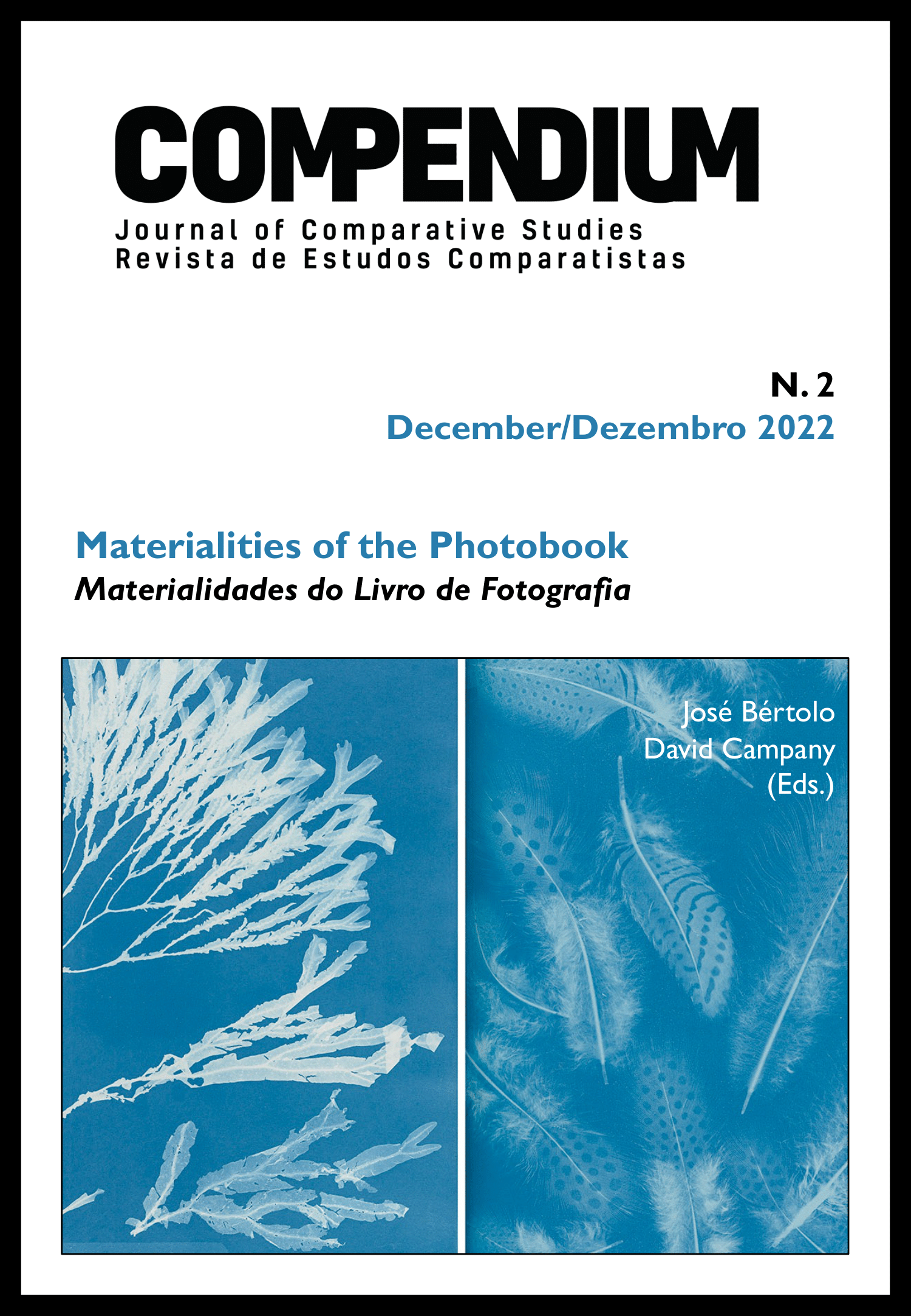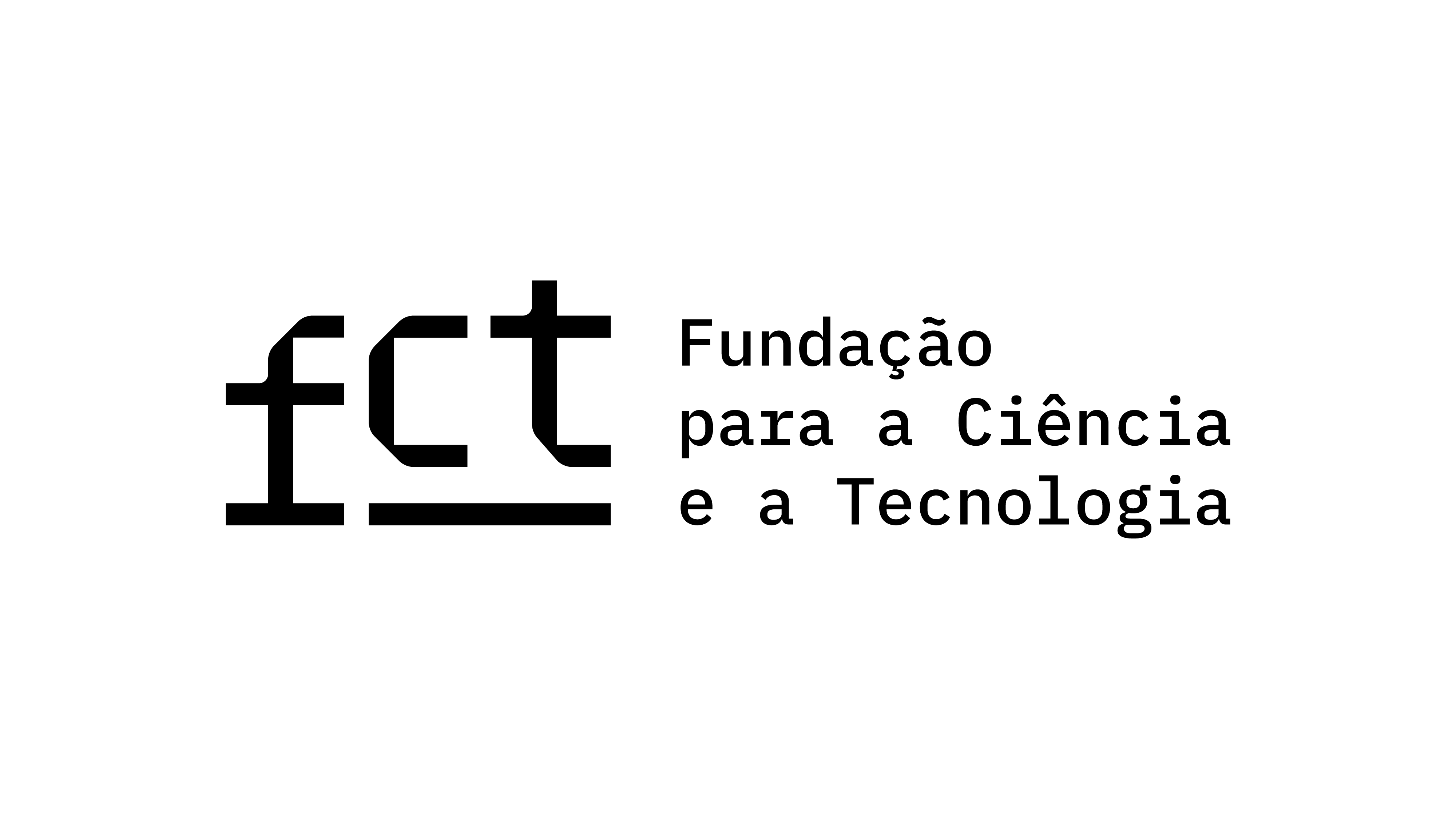“A dream, dictating its own course”
On Ralph Gibson’s Photobook Trilogy, 1970–1974
DOI:
https://doi.org/10.51427/com.jcs.2022.0015Keywords:
Ralph Gibson, photobook, Lustrum Press, Jorge Luis Borges, Alfred Stieglitz, Nouveau Roman, SurrealismAbstract
This paper scrutinizes American photographer Ralph Gibson’s photobook trilogy published by his own company Lustrum Press: The Somnambulist (1970), Déjà-vu (1973), and Days at Sea (1974). The success of the trilogy verified a sizable market for highly personal photobooks, which would become a defining trend in contemporary art photography. Focusing on the structure of visual signification in each volume, the paper performs for the first time a close analysis of Gibson’s sequencing method materialized in the book form. The inner logic of each publication is further elucidated in relation to the major sources of reference in 20th-century art, photography, and literature, such as the fictions of Jorge Luis Borges, the cloud photographs of Alfred Stieglitz, and the Nouveau Roman of Marguerite Duras and Alain Robbe-Grillet. The paper argues that sequencing was an epistemological strategy for Gibson to prioritize arbitrary relations between two neighboring pictures, without impairing each photograph’s truth claim to the perceptible reality. This was the photographer’s tactic to reconcile the purported objectivity of the camera image and the subjective propensity for narrative and imagination in his photobooks. Gibson’s avoidance of heavy-handed manipulation and shocking subject matter led his work to the “surrealism of the perception,” which can be situated in the tradition of Surrealist photography advocated by André Bazin and Brassaï.
Downloads
Downloads
Published
How to Cite
Issue
Section
License
Copyright (c) 2022 Anton Lee

This work is licensed under a Creative Commons Attribution 4.0 International License.
Compendium embraces online publishing and open access to all issues. Authors retain copyright and grant the journal right of first publication with the work simultaneously licensed under a Creative Commons Attribution 4.0 International (CC BY 4.0), that allows others to share the work with an acknowledgement of the work's authorship and initial publication in this journal.











